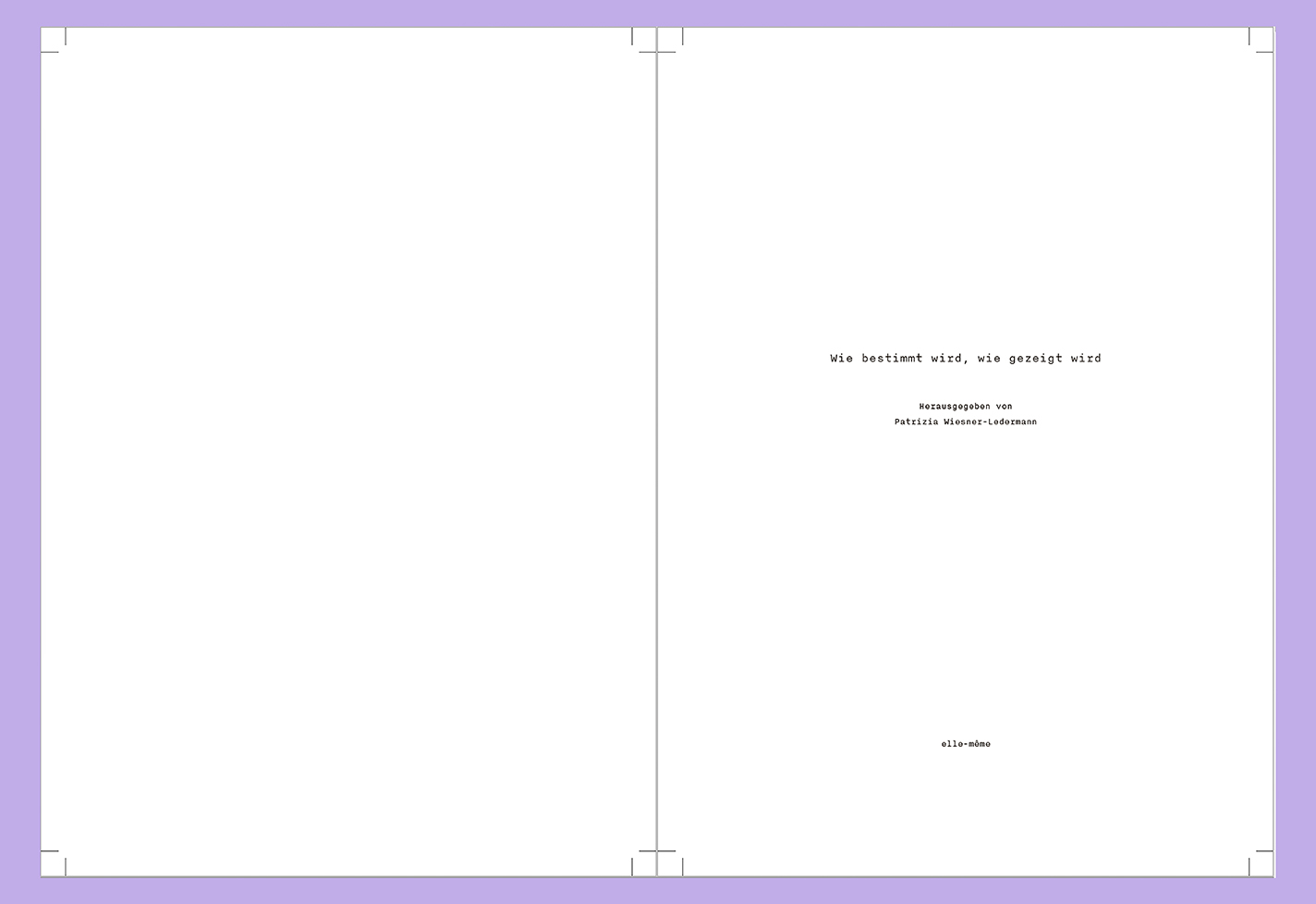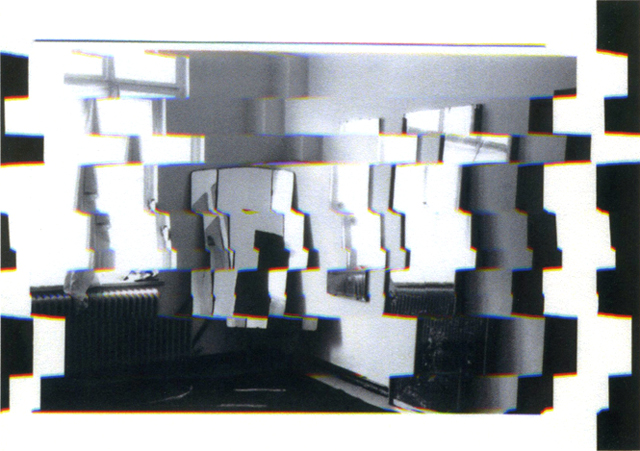
Page Turner
in: WSD* - Die Bibliothek Wendelin Schmidt-Dengler und ihre Lesespuren. S.14-15

Scan of Negative Dialektik by Theodor W. Adorno. Frankfurt am Main: Suhrkamp, 1975, 1.Aufl.

Scan of the note i found in the book and enhanced with my own notes from the pages WSD has written on a separate piece of paper that is archived in the Literature Archive Austria and can be viewed online: https://phaidra.univie.ac.at/o:155893.
Book Contribution to: Roland Innerhofer & Thomas Kohlwein (Hrsg.):
WSD* - Die Bibliothek Wendelin Schmidt-Dengler und ihre Lesespuren
(Klagenfurt: Wieser Verlag, 2022)
Page Turner
For this book contribution we were asked to work with the notes found in the books from the WSD collection at the German Studies Library / Vienna University Library. When I went to see the book I have chosen (№ 30 - Negative Dialektik by Theodor W. Adorno), I found this sheet of paper, that has obviously been overlooked and that may has been used as a test sheet for Wendelin Schmidt-Dengler's typewriter. Very happy about this coincidence (Zu-fall), I made a scan and also a movement study while turning the pages of the book, the movement that helped me to make this find. I continued the notes with text fragments from the pages that were recorded on the note assigned to this book.
The Wendelin Schmidt-Dengler Library is one of the university's many book collections. Wendelin Schmidt-Dengler (1942-2008) was a full professor at the Institute of German Studies since 1989 and the first director of the Austrian Literary Archives since its foundation in 1996. After his death, the university received his private library as a gift from his wife in order to make these books accessible to the public.
We go in search of traces of reading. The first clues are provided by notes that Schmidt-Dengler placed in his books. They often contain only page numbers: Pages that we read carefully. Together we follow the tracks laid by WSD, continue them, deviate from them. In the process, we meet many others who comment on notes and dedications for us, cross paths and exchange ideas with them. A complete catalogue of the library rounds off the volume: an invitation to follow WSD's reading traces anywhere in the world where these books are tangible - and to the next reading visit to Vienna's Universitätsring.
(Translated from the publisher’s text.)







